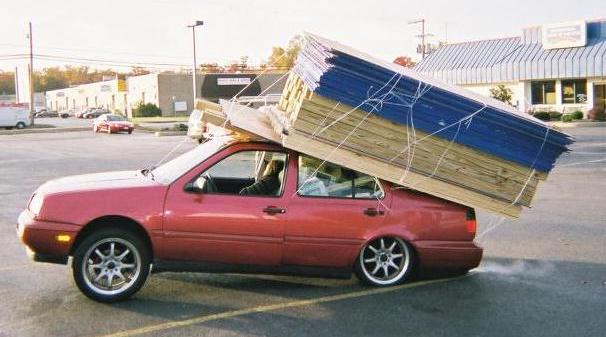Iplayfarmer
Super Member
I've been looking on the internet for typical rear axle weight ratings for a mid size sedan, but this information is surprisingly hard to find. Someone here must know.
The situation is that I have a rear axle out of an early 90's Pontiac Bonneville. I will eventually make some kind of light weight trailer out of it, but I want to know just how light weight it needs to be. The best I've been able to figure out is that these mid size sedans typically weight about 4500 pounds loaded, and the weight is spread roughly half and half between the front and back. If I can't find any other information, I'm going to go with 2250 as my axle capacity.
The situation is that I have a rear axle out of an early 90's Pontiac Bonneville. I will eventually make some kind of light weight trailer out of it, but I want to know just how light weight it needs to be. The best I've been able to figure out is that these mid size sedans typically weight about 4500 pounds loaded, and the weight is spread roughly half and half between the front and back. If I can't find any other information, I'm going to go with 2250 as my axle capacity.
